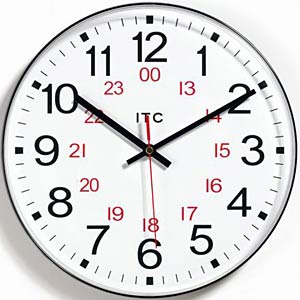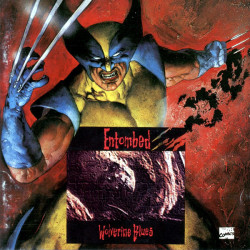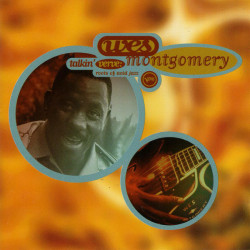I get that this whole idea makes it seems like turning music into math and that is going to seem uncool to some people. I am not trying to make math seem cool. Advanced math is interesting to me because it’s completely beyond my comprehension. I know that it makes sense, but I don’t know how. I’ve never been a math nerd. Trying to explain music theory to someone who understands Calculus and Physics like it’s something that don’t immediately understand fully already makes me seem like the moron I am.
This is not advanced math, it’s very simple. Think about why Math sucks, C- minus Algebra I students who taught themselves guitar or whatever. It’s the bullshit like memorizing multiplication tables and equations, right? It’s the exact opposite of fun. Advanced Music Theory is kinda the same thing. You’ve probably noticed this if you tried to pick up a book on it but didn’t want to admit it. It’s not the subject matter, it’s the thought process. The Circle of Fifths is just like multiplications tables. They just tell you it makes sense without explaining it and you have to drill it and memorize it. Most people just muddle through. If you do learn it, you just know it without really understanding why it works. That’s my experience. Musicians (even some teachers) either don’t learn theory or don’t really understand it.
I think there’s a way to break it down. Just like you can break multiplication down into addition. It takes a little longer at first, because if you just memorize the answers you can just spit them out. But with practice, it’s gonna be just as fast and eventually you’ll know it the same, but you’ll also know the reason for the answer.
When you use numbers for the notes, the interval is apparent through simple subtraction. Here’s a chart for the differences:
1=minor 2nd (half step)
2=major 2nd (whole step)
3=minor 3rd (step & a half)
4=major 3rd
5=perfect 4th
6=tritone (aug. 4th/dim. 5th)
7=perfect 5th
8=minor 6th
9=major 6th
10=minor 7th
11=major 7th
And of course a difference of 12 is back to the same number an octave higher or lower. I’m working on a modified staff system to make this practically useful as written music for an instrument. But you’ve got to understand how this works as a concept first.
At this point you might be thinking this is not very useful for music that spans more than one octave, which is most music you’d want to listen to. Or hell, even any scale that doesn’t start at 0 has to cross over 0 and why are we doing this again? You’ve got to keep in mind that with lettered notation you’re doing the same thing with arbitrary values. The note after G is G# and the note after that is A. Then A#, then B, then C. Quickly then, what is the interval between A and C? You can either memorize that this is minor 3rd, or you can subtract 0 from 3. Easy. But what about G to C? It’s better to think of it like a clock:
It helps to be on military time. You’re going to have to trust me on this. %







#1 by Jim on 2015.03.11 - 06:56
Need to pay more attention to the comments, some garbage getting through, sorry.
#2 by Franqui on 2019.01.08 - 14:14
Extremely helpful look ahead to coming back again.